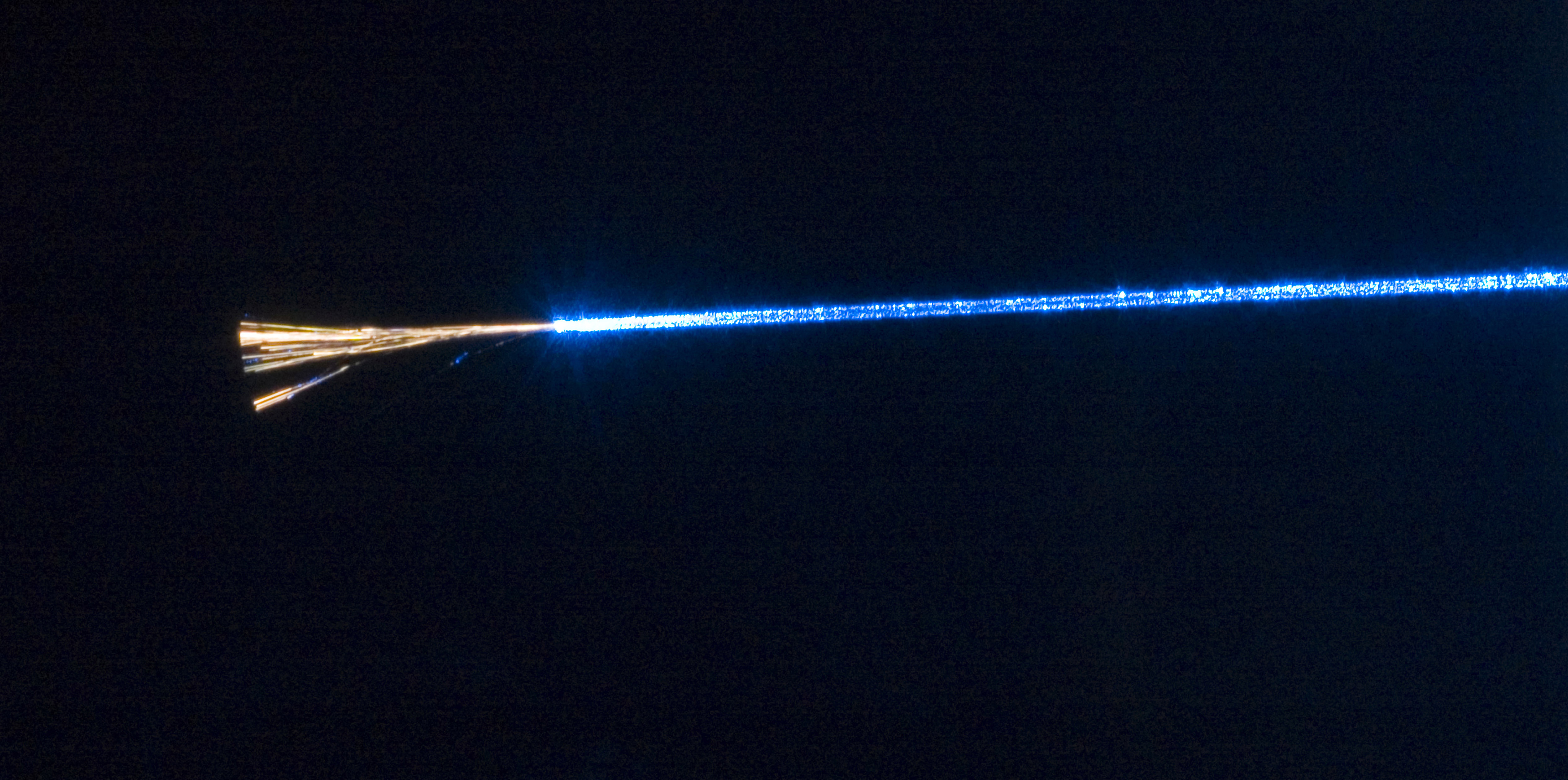Researchers at the Nature Photonics were able to come up with very intriguing findings that will surely entice the geek in all of us: the basic mechanism used in noise-canceling headphone could hoist both the speed and reliability of Internet connections.
It is indeed an appealing and simple solution yet one that is somewhat new to the real of fiber optic signaling; beam mirroring. This method already exists in the noise-canceling headphone, but now it’s attempted to be exploited in a creative way to enhance fiber optic routing in a new study by researchers at Telecommunications Company Alcatel-Lucent SA’s Bell Labs unit.
Noise-canceling headphone employs a microphone that traces any outside noise within the range of your ears. After that, it sends an inverse set of sounds identified by the background noise to cancel it out. Researchers believe they can implement the same mechanism with fiber optic cable Internet, which uses light waves to transmit data. Nonetheless, the concept requires a lot of power to make the process swift, and this results in lots of “noise” that would otherwise slow down Internet speeds and reliability.
Researchers elucidated that sending twin light beams down a fiber optic cable along with the original transmission of data could basically eradicate that noise, since the light beams would trace the noise and cancel it out.
It is noted by the BBC News that the research team led by Xiang Liu from Bell Laboratories employed this mechanism, called phase conjugation, to send a signal of 400 gigabits per second through 12,800 km of fiber optic cable. Just to put things into perspective; Google Fiber presents its subscribers with 1 gigabit per second, and above that, the length Liu’s team sent that signal is longer than the transoceanic fiber links.
Lead author Xiang Liu of Bell Laboratories in New Jersey states in an interview with BBC News:
Sometimes you may send data from London to New York, sometimes you may send it from London to Paris. The links are changing and you cannot keep sending people to the middle of the link.
At the receiver, if you superimpose the two waves, then all the distortions will magically cancel each other out, so you obtain the original signal back. This concept, looking back, is quite easy to understand, but surprisingly, nobody did this before.


